Summer is a great time to teach a child to sew. For the past 10 years, I've taught sewing lessons for kids right inside my home each year.
Each session has 4-8 students and we learn everything from how to thread our machine to sewing up several fun projects.
This post contains affiliate links to products I recommend. I do make a portion off any you may purchase. See full disclosure here.
I often get emails from readers wanting advice for teaching their young children and grandchildren how to sew. It makes me so excited that others are passing on sewing to the next generation.
That is why I've put together this post. I'll be sharing the curriculum that I've put together to teach children to sew. It is simple, effective and fun. And - FREE!!
I've used this same method over the years for HUNDREDS of children and youth. I promise, they love it, they learn and they sew!
Is there a sewing machine for kids?
The one thing I have found to be the most helpful when teaching a child to sew, is make sure they learn on the sewing machine they plan to use at home.
What's the point in learning to sew if you don't have access to a machine you can use at home?
Finding the best sewing machine for a beginner doesn't have to be expensive. In fact, a basic machine is all most people will ever want or need.
The machines that are being catered for young people, really aren't any different or better than the machine collecting dust in your closet. In fact, oftentimes they are subpar.
Instead, just grab that trusty old sewing machine and teach your child to sew using it.
What is a good age to teach a child to sew?
I have students ranging from ages 8 to 18. They've all enjoyed each of the project options and learn valuable sewing skills.
I would say you could even teach children as young as 6. However, their attention spans are a lot lower and it can be difficult for them to reach the pedal.
Remember that sewing takes a lot of reading and measuring. The younger the child the more help they will need to interpret what they are reading.
What does sewing teach a child?
Sewing has so many implications in the future of a child. Let's break down just a couple of things.
1. Sewing teaches patience
If you sew, you understand this. Sewing takes time, thought and often tears. So much goes into sewing and it can get overwhelming. A child that learns to sew can learn to cope with frustrations and how to give themselves a time out.
2. Sewing teaches math concepts
When you sew, you do math. How much fabric I'll need? How to make this project fit within a certain space? What size pattern will I need?
There is so much math in sewing but since we want a successful outcome, we do the math. We aren't always successful in the final project. BUT WE LEARN from our mistakes and next time we won't make that mistake.
3. Sewing teaches motor skills.
I have found that boys and girls alike make great sewists because we both have different motor skills. Many boys are naturally very good at machinery and catch on fast. While girls tend to enjoy the creativity behind putting projects together.
No matter who is sewing, they will learn to use their hand-eye coordination. They'll hand sew. They'll cut and measure. They'll develop better motor skills.
4. Sewing builds confidence.
A child that successfully (or even unsuccessfully) completes a sewing project learns to trust themselves. Learns that they CAN do hard things.
The better we get at a skill, the more confidence we have in ourselves.
5. Sewing instills creativity.
Try something new. Be uniquely you. Sewing allows children to express themselves and share who they are in their fabric choices, embellishments and ideas.
How do I start teaching sewing?
I thought I'd start by sharing how I personally run my sewing school year summer.
To start, I advertise through friends and family locally on Facebook. I keep my classes small with no more than 8 students.
I usually encourage students to invite a friend, because as we all know sewing is just more fun with friends.
I run my school for 1 week for 3 hours a day. We complete at least 1 project each day. For the skirt or pajama pants, it may take a student 2 days to finish, but we are always able to finish in time.
For supplies, I include all the supplies in the price. I find this is easier than parents trying to figure out what all their child will need.
I do ask that the child bring a sewing machine if possible. Mostly because I find they are more successful and more likely to sew more if they learn on the machine they will use at home.
The only other supply I ask the child to provide is a couple yards of fabric for their pajama pants or skirt project. This way they can decide exactly what design they want and they have a bit more ownership in the process.
What is the first thing you should learn to sew?
As the teacher, you first want to make sure you know how to sew and use a sewing machine. You can take a refresher course, or learn yourself with our free Learn to Sew email course.
Next, consider going through each of the sewing lessons for kids below to ensure you are comfortable with the projects presented.
Each project is a simple beginner project, but sometimes even seasoned sewists need a refresher.
Lastly, you can print the sewing school checklist at the end for yourself or to give to your students to help ensure success.
- Lesson #1: Practice threading a sewing machine AND Practice
- Teach each student how to thread their machine. Allow them to practice sewing a straight line, curved line or box using the free paper practice sheets.
- Lesson #2: Sewing a straight line
- This lesson is all about learning to sew a straight line, along with how to turn a corner. Sewing the project will give the students practice on straight lines.
- Once you've mastered sewing a straight line, try turning and sewing corners and make a simple pin cushion.
- Lesson Project: Crayon or Pencil Roll
- Lesson #3: Topstitching and linings
- Explain why a project might be lined like bags and pouches. This project will also help them learn how to topstitch.
- Project: Book Bag or Tote
- Lesson #4: Simple Hand Sewing
- Students will learn how to hand sew a slipstitch which is perfect for closing off pillows and hemming skirts.
- Project: Pocket Pillow
- Lesson #5: How to sew a zipper
- Students will learn steps to sew a zipper.
- Project: Pencil or Makeup Pouch
Usually for my purposes, my students either pick making pajama pants or making a skirt just for time sake. But if you are teaching your own children to sew, they could potential sew up both projects.
- Lesson #6: How to make a casing
- Casings are used often on pants and skirts. Students will learn to make a casing and sew pants.
- Project: Pajama Pants
- Lesson #7: How to sew gathers
- Students will learn the easy technique to sew perfect gathers and use this to sew a gathered skirt.
- Project: Simple Skirt
Supply List for Sewing School
Below is a list of supplies each student will need. It can feel overwhelming for a teacher and student. Just remember to take it one project at a time.If possible, shop your fabric stash or check out your local thrift store for fabric remnants. Even think about using old clothing, bed sheets or linens. This can really save you time and money.
Sewing Supplies for Each Student
- Sewing Machine
- Simple Sewing Kit
- Paper Sewing Printables
- Lots of thread
- 5 Fat Quarters of fabric
- 6-7 yard fabric for various projects
- 1 yard fusible interfacing
- Poly Fiber Fil
- 10" Ribbon
- 7" Zipper
- Package of 1" elastic
- Or print the supply list PDF checklist to make it a bit easier
Other Materials and Tools Needed
As the instructor, you'd also want a few other items on hand to make their projects and sewing experience realistic, as well as, successful.
- Iron Station
- Iron
- Ironing Board
- Press cloth
- Cutting and Measuring station
- Sewing station
- Sewing machines
- Sewing kit - pin cushion, pins, measuring tape
- Sewing Scissors
- Fabric Marking Pens
- Extension cords
I have a list of essential sewing tools I typically use and share with my students. This is a great place to start and use for your own students.
I hope this outline for putting together sewing lessons for kids has helped you. Sewing is such a wonderful skill and teaching a child will give them confidence and help them tackle harder projects in the future.
Make sure to check out our list of other sewing projects tweens and teens will enjoy.
Make sure to check out our list of other sewing projects tweens and teens will enjoy.




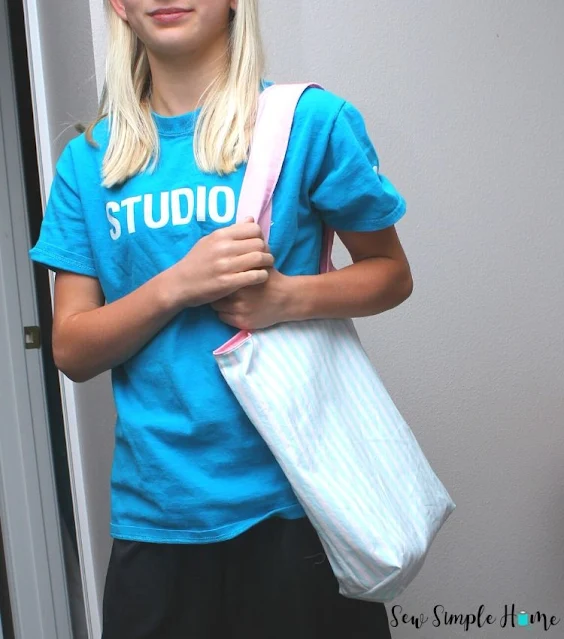
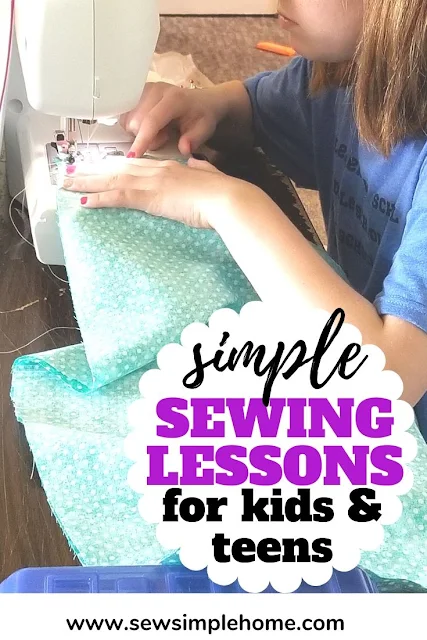
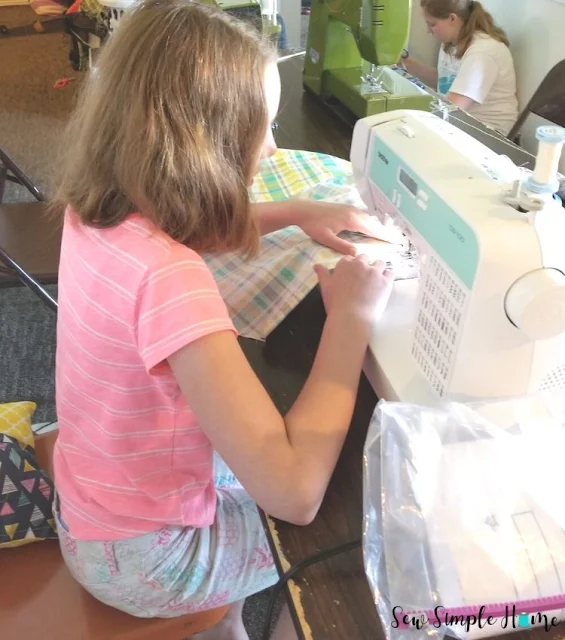
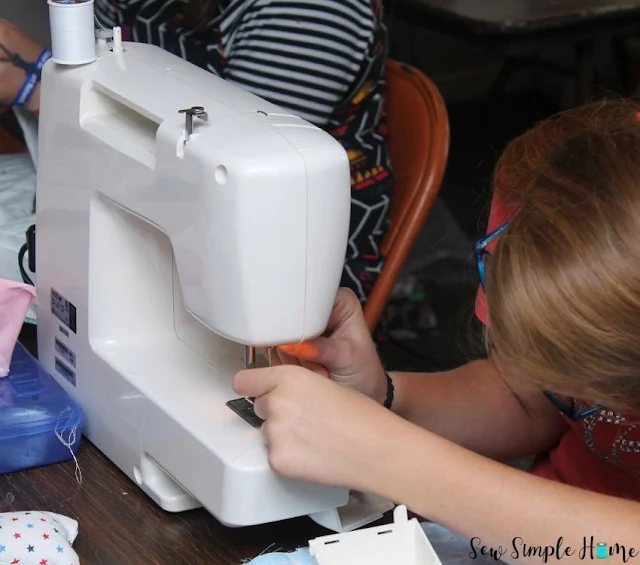
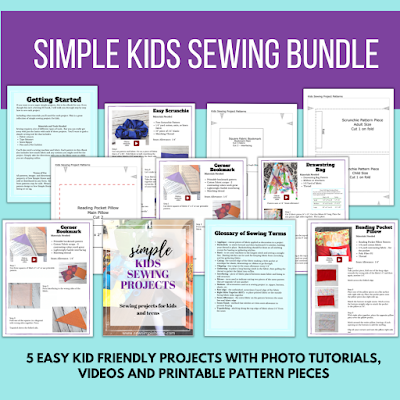





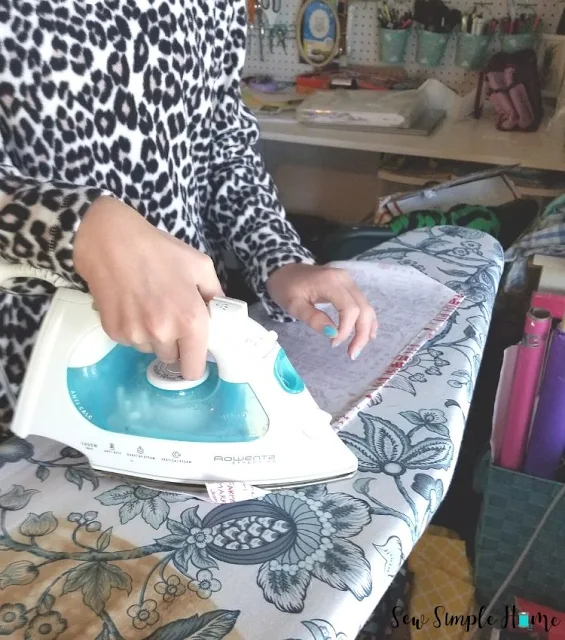

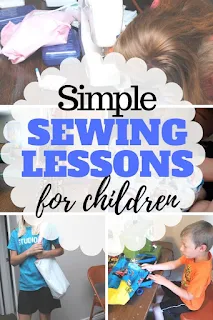




Thank you, I am planning to help some girls sew this summer, and your outline is well thought out for beginners. Tanya
ReplyDeleteThis is a great idea. Kudo's!
ReplyDeleteAND for your website, AND for your newsletter AND for all your ideas!
You're amazingly creative and you'll sure pass it on to your kids and to other kids as well :-)
Thanks, very glad I found your site, kind regards,
Yvonne
This is a great resource. I've been asked to teach sewing club at a nearby school. I plan on using your ideas.
ReplyDeleteGlad to help!
DeleteThe information you provided is great. I am going to teach a sewing class at our community center. And it has been a while since I have sewn anything.
ReplyDeleteThat is wonderful! So glad the information is helpful. Can't wait to hear about your sewing class.
DeleteHow much time do I need to plan for each lessons? I am teaching summer school and they plan for some fun activities, so I was wondering how much time do you plan for each lesson. Thanks!
ReplyDeleteI usually plan for 2 hours for each lesson. Most of the lessons have a quick sewing project involved and it can be done in the two our span. Sometimes, if the students are on the younger side, it may take 3 hours.
DeleteI love your ideas! I’m going to start teaching sewing in my home. Do you only use lesson 1 in your first lesson by itself or do you put lesson 2 with it?
ReplyDeleteThank you! 😊
Mae
Usually it depends on how much time I have. Sometimes it takes a bit to get everyone settled and registered, etc. But you could definitely combine them
DeleteThis is so helpful! I have been asked so many times to teach homeschooled children to sew and finally I am saying yes this summer. May I ask how much you charge for your weeklong school? I have no idea how to price it.
ReplyDeleteThe last session I did I believe I charged $120 for 5 days. Each day was 2.5 hours and included all supplies but not the fabric for their "big" final project of PJ pants.
DeleteThank you! So helpful! I am going to offer some classes this summer. How did you price your classes, if you don’t mind my asking? I have no idea how much to charge.
ReplyDelete